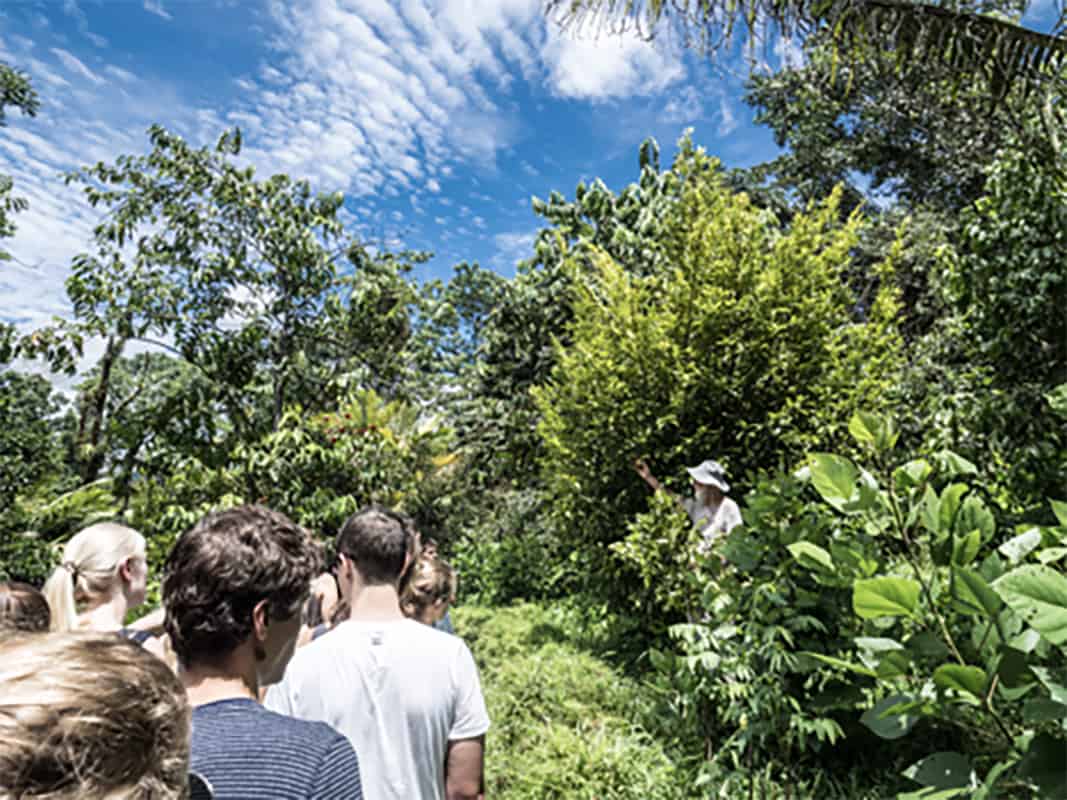By WholeFoods Magazine Contributor -August 20, 202075

Edited by Maggie Jaqua
One year ago on the pages of this magazine, experts stressed why it is critical that the world makes a shift to regenerative agriculture—and that we do so immediately. In an article titled Regenerative Agriculture: 25 Things to Know Now, Dave Herring, Executive Director of Wolfe’s Neck Center for Agriculture and the Environment, cautioned, “We stand at a critical juncture in human history, a crossroads where collectively we must make decisions that head us down a path towards planetary jeopardy or revitalization. Earth’s resilience depends on the immediate action taken to reverse the long-ranging effects of climate change. Farming can and must play a role in the fight against climate change.”
Now here we are, 12 months later, facing the same critical challenges, and new ones that greatly increase the urgency. We invited industry leaders to update us on issues and opportunities related to regenerative agriculture. Here, they tell us what we need to know now.
How to Stop Pandemics and Love the Riot
By Tom Newmark, Chairman, The Carbon Underground
“Deforestation and intensive agriculture may strip out traditional agroforestry’s stochastic friction, which typically keeps the virus from lining up enough transmission.”
Dr. Rob Wallace, Big Farms Make Big Flu
Stochastic friction? That’s a fancy term for the randomized chaos of a natural ecosystem, or what Charles Darwin described as the “riot” of life in the neotropical rainforest. And whether in a prairie or jungle, that “riot” is a biological obstacle course that makes it extremely difficult for a virus to break out and jump to other species, such as humans.

But as Dr. Rob Wallace and others have pointed out, modern agriculture is the opposite of stochastic. With its uniform rows of monoculture grains, produce, bushes, and trees, we’ve engineered out complexity in order to simplify weed control, fertilization, and harvesting. In such a dummied-down landscape, there’s less sunlight harvested, less overall productivity, less complexity and abundance in below- and above-ground organisms, and less food and habitat for birds and mammals. The simplicity and ecological impoverishment of modern farming in turn makes it way too easy for pathogens to reach escape velocity. It’s now far too easy for pathogens to make the “breakout” leap to humans, whereas in times past pathogens had the near impossible task of successfully infecting multiple species before reaching humankind. The challenging obstacle course presented by the riot of Mother Nature has been beaten into a playground slide. As biodiversity decreases and wild spaces vanish, pathogens now race through plant rows like electric current, putting humans and other species at risk.
That’s the extremely bad news. The good news is we can grow abundant and nutritious food without sacrificing biodiversity. In fact, with regenerative agriculture diversity is our ally—we design for complexity, inviting above and below ground biodiversity back into our growing systems.
As regenerative systems mature, research confirms that “stochastic friction” returns quickly. For example, the University of Minnesota created a “Big” Biodiversity Experiment in 1994, where varying numbers of perennial grassland species were planted across 168 plots. Scientists have annually tested these plots since 1996, and the plots with greater initial biodiversity had, over time, greater plant productivity, increased mycorrhizal fungi, greater insect diversity, and decreased fungal pathogens. In Kenya, holistic livestock management dramatically increased goat milk production and doubled wildlife. In Mexico, holistic grazing results in greater profitability for the ranchers and far greater earthworm populations. At cooperative spice farms in India, agronomists know how to check if the farmers are using best ecological practices: They “ask the insects.” The Audubon Society is now certifying ranchers and farmers who, through regenerative practices, are restoring habitat and bringing back wild bird populations. Bird populations have been observed to be up to 4.5x greater with holistic management.
As the monoculture madness of modern agriculture is the recognized breeding grounding of pandemics, here’s my sincere conjecture: Might increased biodiversity, achieved through regenerative agriculture, restore enough stochastic friction to reduce the likelihood of future pandemics?
We better hope so. And The Carbon Underground is working with corporations and countries to bring about this revival of biodiversity. We are also collaborating with Green America and others in creating the Soil Carbon Index (“SCI”), a regenerative standard now being field tested in multiple U.S. locations.
In every way possible, we’re working to bring back the riot!

